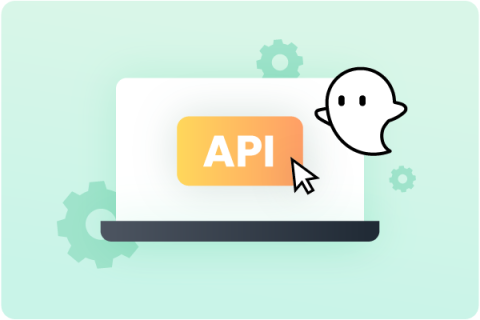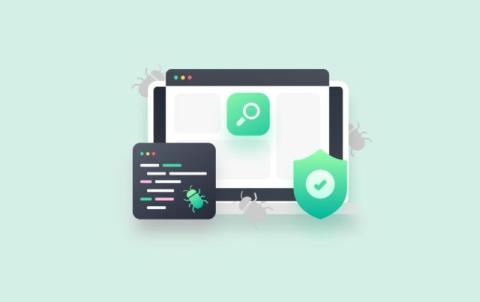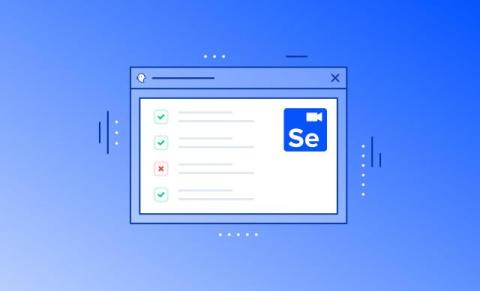11 Most Asked Questions about Ghost Inspector's API
How versatile is the Ghost Inspector API? We’re so glad you asked! With our API, you can easily integrate Ghost Inspector into your current software testing processes and take full control over your automated testing workflow. Whether you want to execute tests, grab results, manage suites and folders, or pull historical data, the API lets you do it all without relying on the UI.











